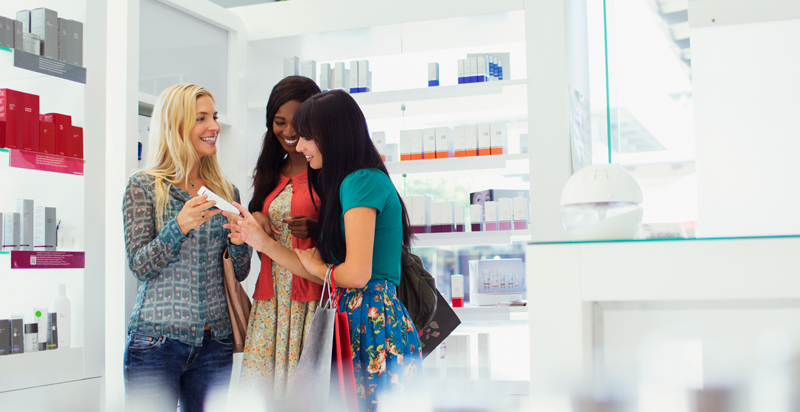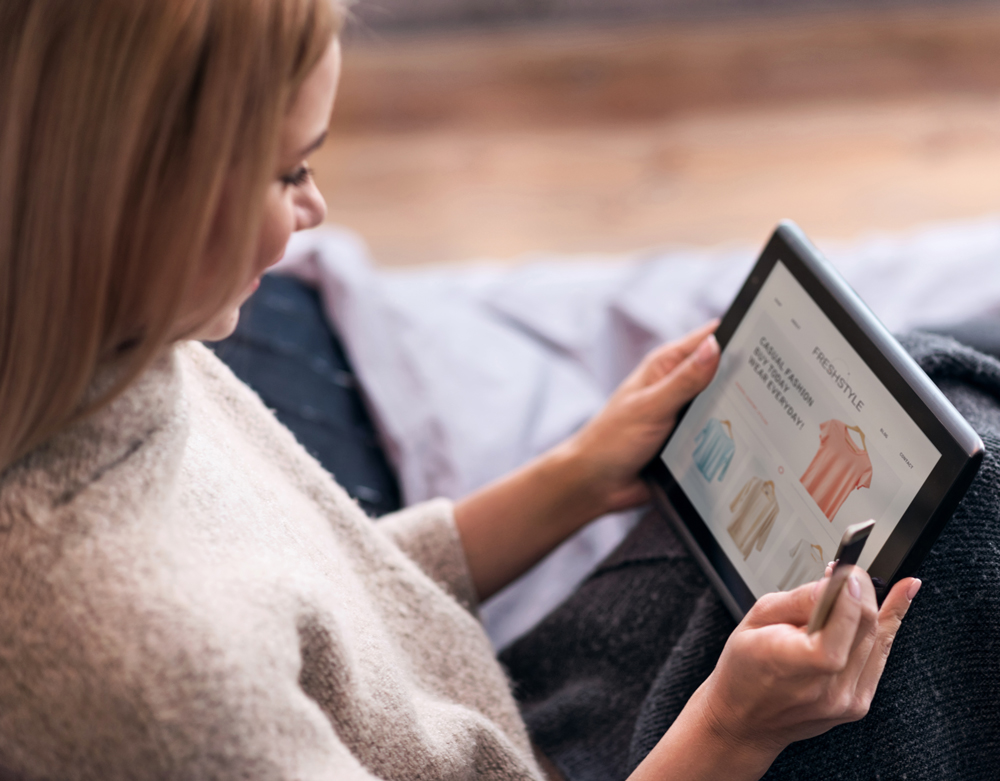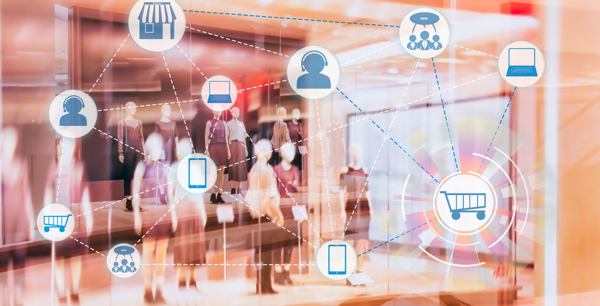
Far from making brick-and-mortar retail spaces obsolete, the explosion of e-commerce has simply reshaped, and repurposed, the ideal deployment and leverage of retail spaces. That’s according to Alexandra Sheehan on Shopify, who explains that despite the looming challenges of evolving technology, increasing competition, and changing consumer behaviors, smart brands can plan for these changes and create opportunities from them by “future-proofing” their businesses. Let’s take a look at a few key areas poised for forward-looking success.
In-Store Experiences: Driving More Sales
In-store experiences – that is, creating fully immersive multisensory displays that engage with your customers – are becoming increasingly important for multichannel retailers.
“Unique store experiences give shoppers a compelling reason to visit a location and engage with a brand,” Sheehan explains. Beyond the normal value-adding propositions of promotional marketing materials, unique in-store experiences help drive traffic to your brick-and-mortar stores and more revenue through your physical channels. They are a clever way to diversify your revenue streams across a multichannel business model.
What’s more, they create an immersive “identity” for your brand, one that sticks with customers and contributes enormously to brand loyalty. The ability to quickly create dynamic in-store experiences that change to fit your marketing messaging and brand identity will set retailers apart.

In-Store Events: A Marketing Bonanza
Hosting in-store events are becoming an increasingly popular – and effective – way to increase foot traffic and buzz around brick-and-mortar stores. Fitness apparel retailers, such as Lululemon, have begun hosting yoga classes, complete with branded giveaway mats and water bottles. Anthropologie, the apparel and home goods retailer, hosts pop-up “markets” in its stores and provides shoppers with free, branded tote bags.
The key to the future of physical retail is creating value that online shopping can’t offer. With an agile and reliable marketing supply chain to make sure everything arrives on time, on price, and goes off without a hitch, in-store events are a great way to do just that.
New Customer Behaviors, New Possibilities
One of the most unique phenomena of the age of digital commerce is the rise of “showrooming.” Showrooming is the practice of visiting a brick-and-mortar store to see or interact with a product with the intention of buying it online later.
This requires a fundamental re-thinking of best practices for in-store marketing materials and displays. Before e-commerce, with physical as the only or primary channel, it was important to devote floor space to as many of your available products as possible, and to make that space easily navigable. Now, with digital analytics, creating high-conversion, engaging, narrative in-store displays for the most in-demand, best-selling, or highest profit-margin products can lead to greater revenue and marketing ROI. Brands must invest the time, effort, and resources towards understanding these new and changing marketing best practices, because they truly are an investment in ongoing future success.
Subscribe to the Blog
Why NVISION?
For more than three decades we’ve partnered with Fortune 500 companies to deliver marketing operations solutions. Led by a strategic account management team, we’ll help you develop, procure, fulfill and distribute printed collateral, signage, point-of-purchase displays, direct mail, branded merchandise and much more.








 Project Title
Project Title Project Title
Project Title